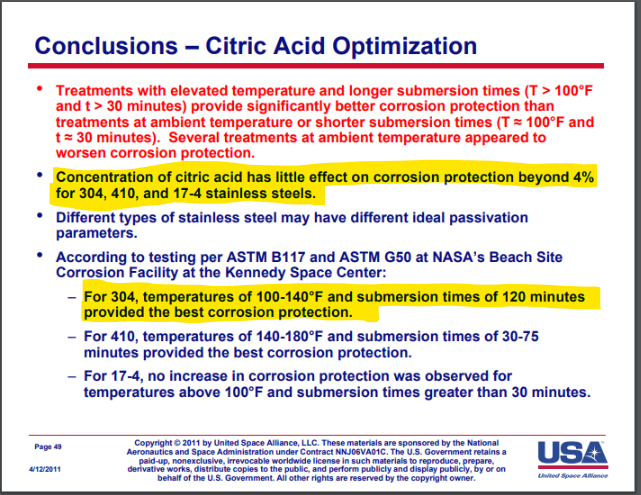daphatgrant
Well-Known Member
Hey HBT, I've got some new kettles that need to be cleaned and passified. I have some TSP to remove any oils or what not but I'm running into some ratio issues when it comes to the passivation.
I bought citric acid to passivate the kettles but I am having a hell of a time figuring out how much citric acid to use compared to water. According to the cleaning instructions I am supposed to use a 10% mixture of citric acid to water solution. From what I can gather this is to be done by weight/volume. Water weighs 8.34lbs, 10% of that is .834lbs or 13.3oz.
So to get a true 10% mixture using 1 gal of water I'd actually need to use 14.63oz per gal?
I've searched and searched and am not coming up with an easy answer for this, other than just using starsan of course, lol. I'm honestly surprised that a simple ratio like 1-3/4 cup per gal isn't out there already.
I appreciate any help
I bought citric acid to passivate the kettles but I am having a hell of a time figuring out how much citric acid to use compared to water. According to the cleaning instructions I am supposed to use a 10% mixture of citric acid to water solution. From what I can gather this is to be done by weight/volume. Water weighs 8.34lbs, 10% of that is .834lbs or 13.3oz.
So to get a true 10% mixture using 1 gal of water I'd actually need to use 14.63oz per gal?
I've searched and searched and am not coming up with an easy answer for this, other than just using starsan of course, lol. I'm honestly surprised that a simple ratio like 1-3/4 cup per gal isn't out there already.
I appreciate any help


